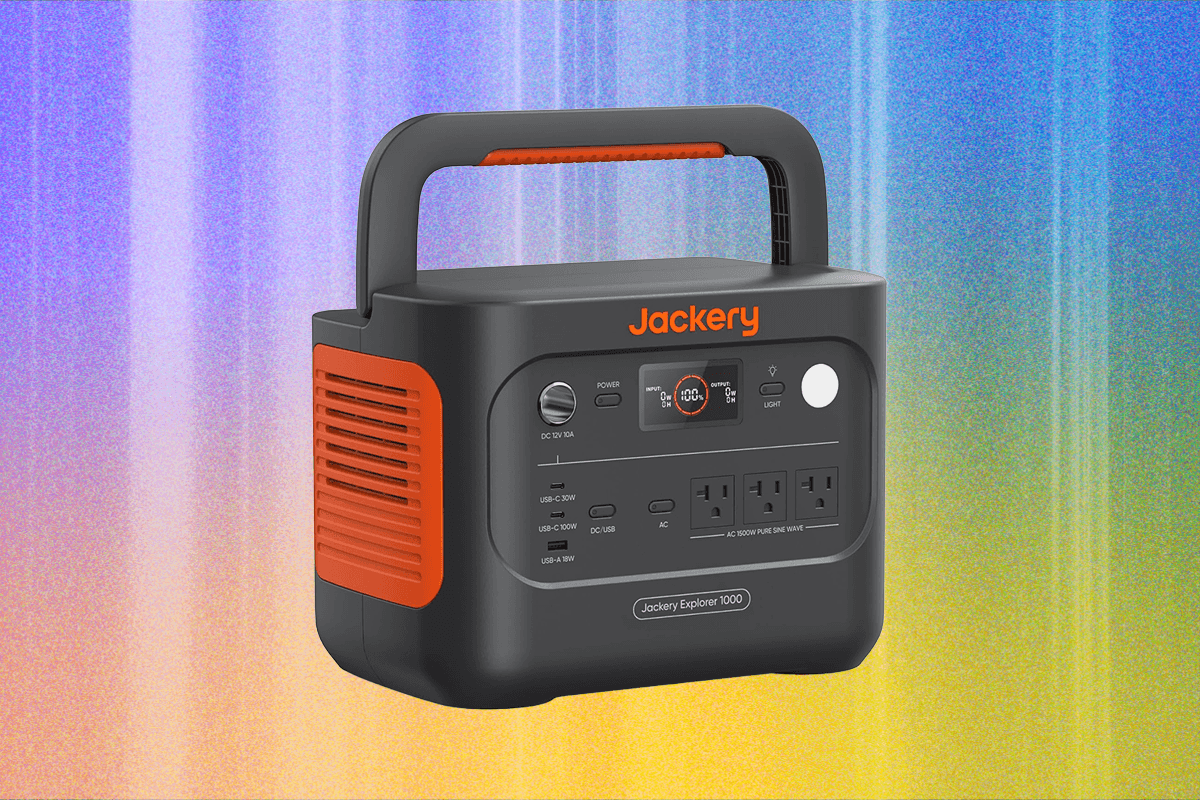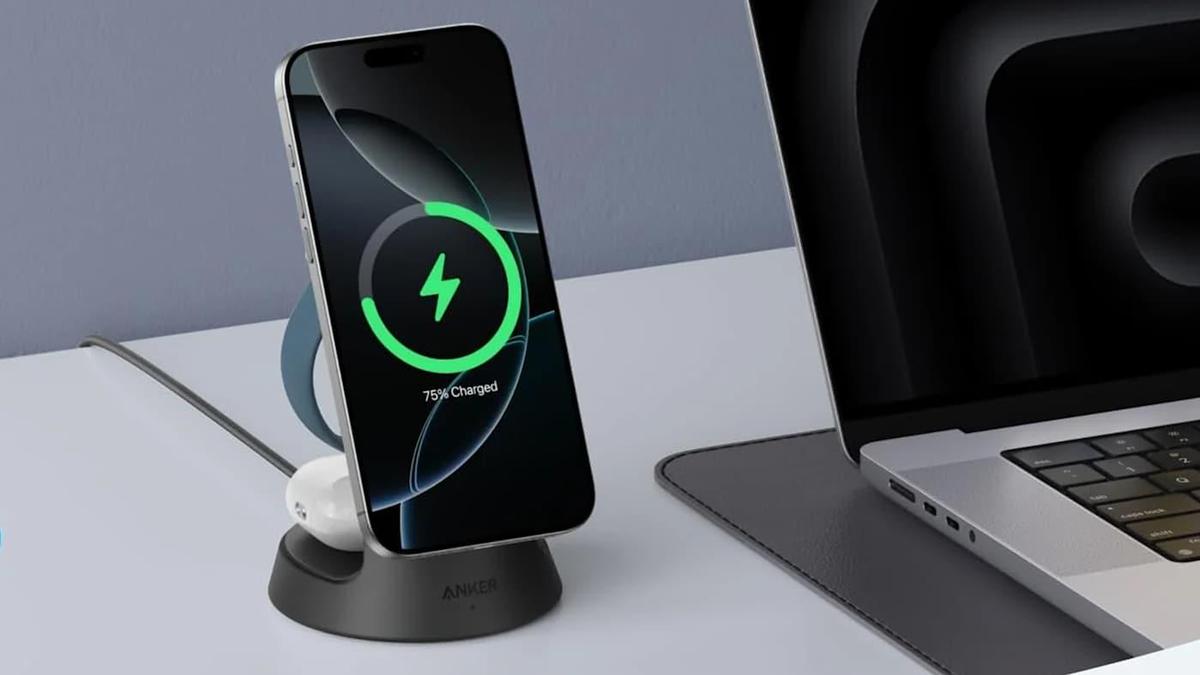T-Mobile’s Starlink ‘T-Satellite’ Service: Connectivity Beyond Cell Towers
T-Mobile’s Starlink ‘T-Satellite’ Service: Connectivity Beyond Cell Towers
Imagine a world where you’re never truly out of touch, even when you’re far from cell towers. That’s the promise of T-Mobile’s new ‘T-Satellite’ service, powered by Starlink. This innovative service aims to provide basic connectivity in areas where traditional cellular coverage is spotty or nonexistent. Let’s dive into what T-Satellite offers, who can use it, and what the future holds for satellite-based mobile communication.
[Include Image]

What is T-Satellite?
T-Satellite is a service from T-Mobile that uses Starlink satellites to provide basic text messaging and location-sharing capabilities when you’re outside of traditional cellular coverage areas. Think of it as a digital lifeline when you’re hiking in remote areas, traveling in rural locations, or find yourself in an emergency situation where cell service is unavailable. T-Mobile CEO Mike Sievert announced the service is officially out of beta.
How Does T-Satellite Work?
Your phone automatically connects to the T-Satellite network when it detects that you’re in an area with no cellular signal. As long as you have a clear view of the sky (minimal cloud cover and no obstructions like dense trees), you should be able to send and receive text messages, including texts to 911. You can also share a link that temporarily tracks your location, which can be crucial in emergency situations.
Who Can Use T-Satellite?
Initially, T-Satellite is available as a standalone subscription for $10 per month for a limited time, eventually increasing to $15 per month. It’s also included for customers on T-Mobile’s higher-tier plans, such as the $100 per month Experience Beyond or older Go5G plans.
To use T-Satellite, you’ll need:
- An unlocked device that supports eSIMs and satellite connectivity.
- A compatible phone. Currently, over 60 different phones are compatible, including the iPhone 13 and newer, Google Pixel 9, and the Samsung Galaxy S21 and newer. Check T-Mobile’s website for the full list of eligible devices.
T-Satellite vs. Apple and Google’s Satellite Features
Apple offers a similar satellite-based emergency SOS feature on iPhone 14 and later models, which is currently free but expected to eventually carry a subscription cost. Google has also added a satellite SOS feature to the Pixel 9, free for two years after activation. While T-Mobile’s T-Satellite may seem redundant, it offers broader device support and plans to add features like picture and voice messaging, setting it apart from the competition.
The Future of T-Satellite
T-Mobile has ambitious plans for T-Satellite. They aim to enable voice messages and eventually allow devices to connect to “satellite-optimized” apps, potentially including popular apps like AllTrails, Accuweather, and WhatsApp. The current service utilizes over 650 Starlink satellites to cover the continental US, Hawaii, parts of southern Alaska, and Puerto Rico. T-Mobile is also working on expanding satellite connectivity to international locations and waters.
The Competition: Verizon and AT&T
T-Mobile isn’t the only player in the satellite connectivity game. Verizon launched its own free satellite messaging service with Skylo, but it’s currently limited to Verizon customers with newer devices like the Samsung Galaxy S25 and Google Pixel 9. AT&T is partnering with AST SpaceMobile to launch satellite texting and voice capabilities in the future.
Actionable Takeaway: Check Your Phone’s Compatibility
If you’re a T-Mobile customer or considering switching, check if your phone is compatible with T-Satellite. This could be a valuable feature if you frequently travel to areas with limited cell coverage or want an extra layer of security in case of emergencies. Visit T-Mobile’s website for a complete list of compatible devices.
Key Takeaways
- T-Mobile’s T-Satellite provides text messaging and location sharing via Starlink satellites in areas without cell coverage.
- It’s available as a standalone subscription or included in select T-Mobile plans.
- Compatible with a growing list of devices, including recent iPhones, Pixels, and Samsung Galaxy phones.
- T-Mobile plans to add voice messaging and satellite-optimized app support in the future.
- Verizon and AT&T are also developing satellite connectivity solutions.
FAQ
Q: How much does T-Satellite cost? A: It’s currently $10 per month for a limited time, then $15 per month. It’s also included in some T-Mobile plans.
Q: What phones are compatible with T-Satellite? A: Check T-Mobile’s website for the latest list, but it includes recent iPhones, Pixels, and Samsung Galaxy phones.
Q: Can I use T-Satellite internationally? A: Not yet, but T-Mobile is working on expanding coverage to international locations.
Q: Is T-Satellite a replacement for cell service? A: No, it’s designed to provide basic connectivity in areas where cell service is unavailable.
Q: What happens if there are clouds or trees blocking the sky? A: A clear view of the sky is needed for T-Satellite to work effectively. Heavy cloud cover or obstructions may interfere with the signal.
By offering connectivity beyond the reach of traditional cell towers, T-Mobile’s T-Satellite service represents a significant step forward in mobile communication, ensuring that you can stay connected when it matters most.
Source: The Verge



